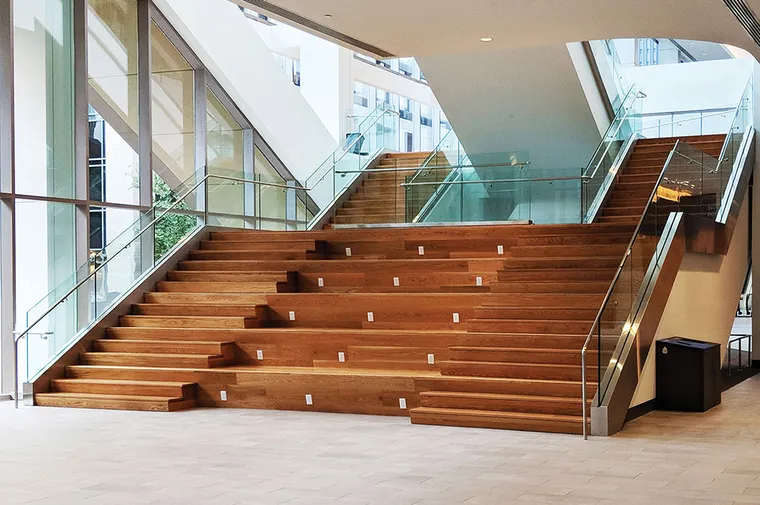Glass trends that blend sophistication and structural integrity
By Mike Mendoza
Glass is more than just a material—it's a statement of modern elegance and innovation. Commonly used to enhance the decorative appeal of a project, it also holds a structural integrity that makes it a smart choice for building design and construction, due to its versatility, durability, and contributions to sustainable building practices.
"Glass has the ability to open up spaces, maximize natural light, and create modern, minimalist looks that are in high demand,” says Chris Altringer, Director of Engineering for Minneapolis-based Sightline Commercial Solutions, a leading fabricator of architectural railing and portable-platform solutions. “Beyond its visual appeal, advancements in glass technology—from energy-efficient coatings to impact resistance and soundproofing—bring significant value to projects and allow designers and builders to push boundaries and rethink what’s possible in modern construction."

